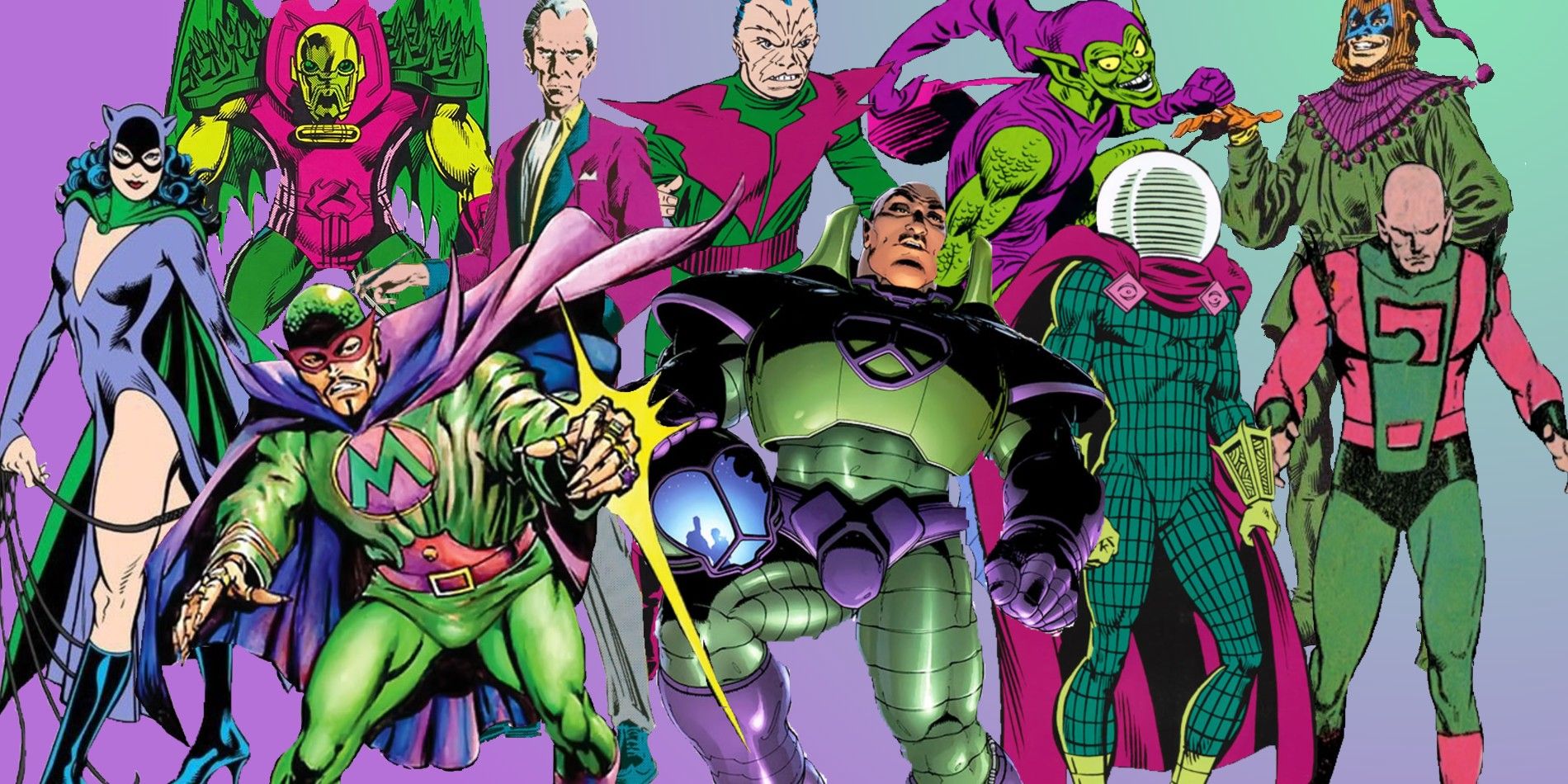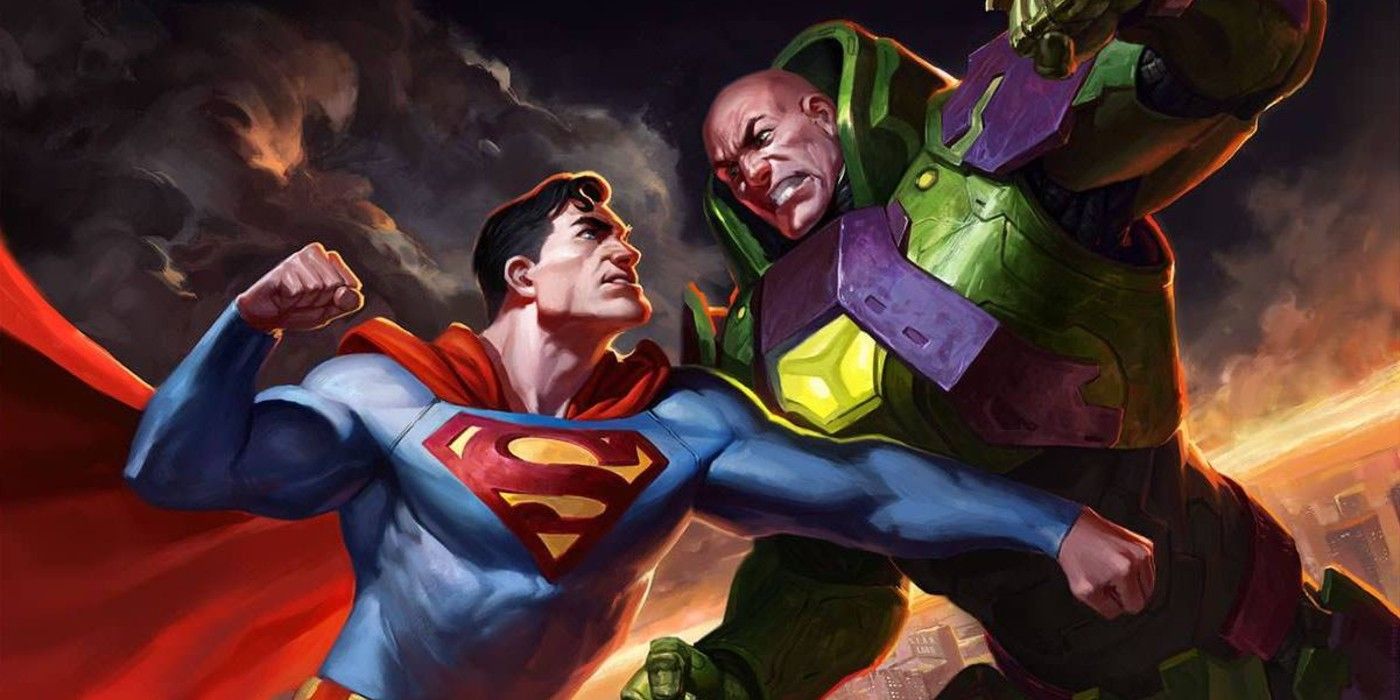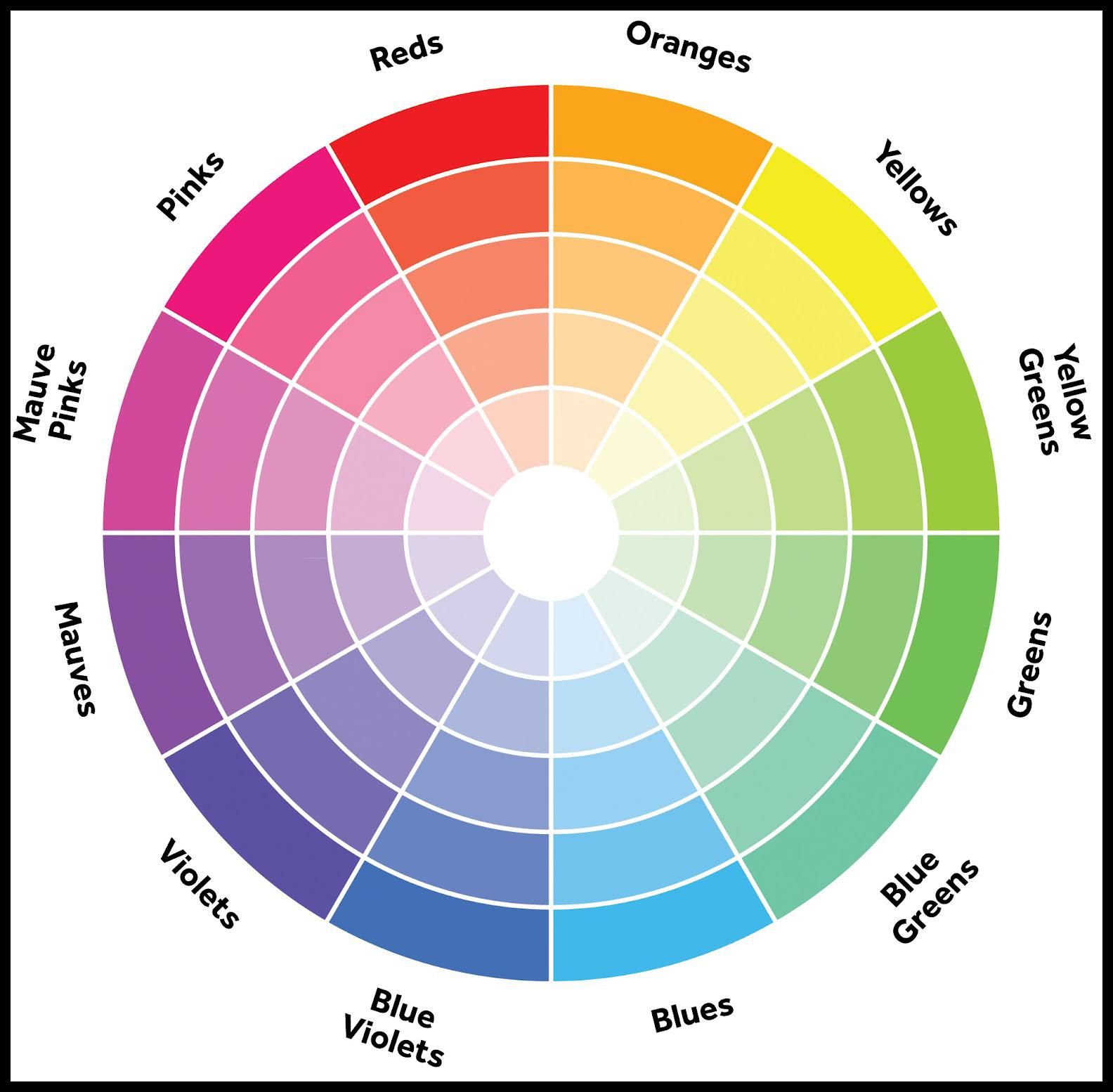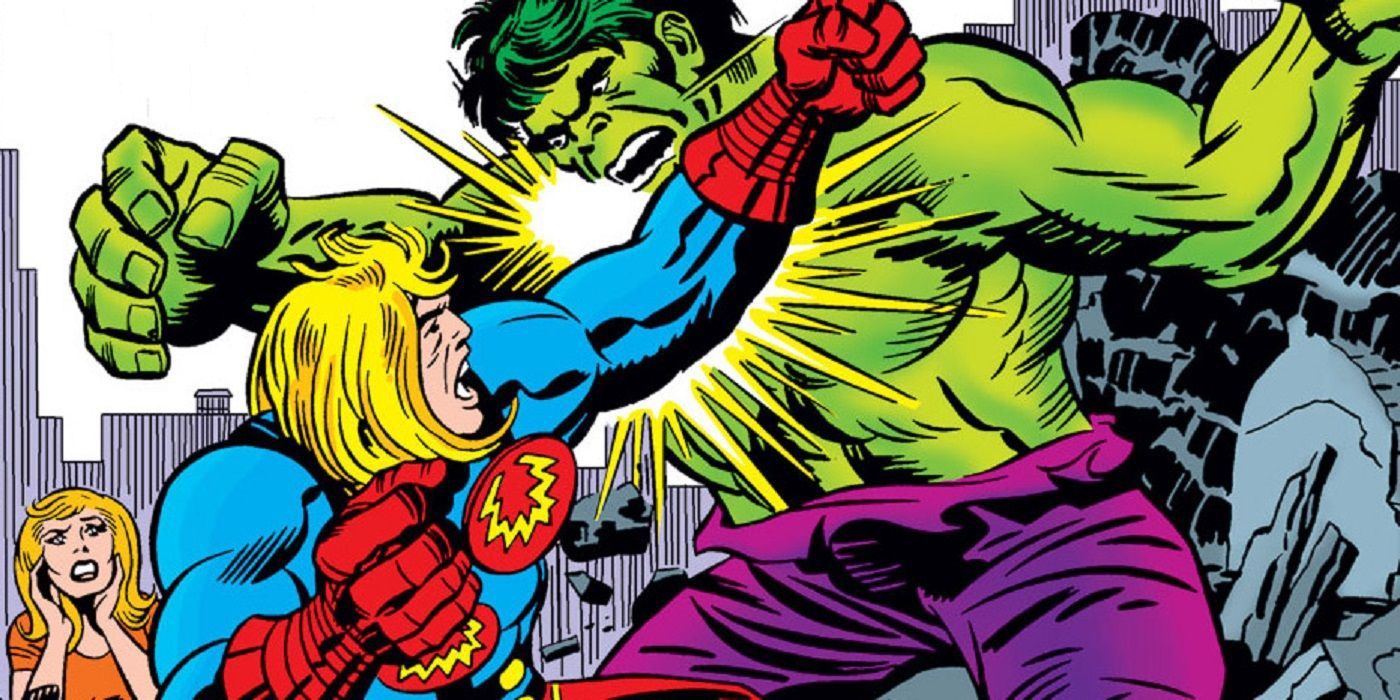What do the Green Goblin, Mysterio, the Joker, Lex Luthor, the Riddler, Brainiac, and dozens of other comic book villains have in common? Aside from their flagrant disregard for the law and the heroes who enforce it, nearly all of them carry out their evil schemes while wearing a costume with green and purple colors (and some even have green and/or purple skin). Villains differ wildly in their means, mannerisms and motivations—so why do they all wear the same two colors?
From the inception of colorized print in newspapers to the 1970s, limitations of the technology at the time dictated color choice to a certain degree. Bright primary colors were favored over subdued hues; it was easier for printers to consistently depict a certain shade of red than a shade of grey, for example. Artists' options were limited, making choosing the right color for their heroes and villains all the more important. Sitting on the rack at the comics store, a cover for a new issue or series had to immediately grab a prospective buyer's attention. The solution: put a new, exciting villain on the cover...and make sure the reader knew they were evil without having to read a single word.
The History: Greek Greed, Roman Royalty
Shakespeare may have popularized the idiom "green with envy" upon completing Othello in 1603 ("Beware, my lord, of jealously; it is the green-eyed monster which doth mock the man it feeds on"), but the color was associated with greed long before the Renaissance. The ancient Greeks believed that some sicknesses were caused by the body producing too much bile, one of the four humors (blood, black bile, yellow bile and phlegm, a theory of medicine that has long since been discounted), which tinged the patient's skin green. A description of a literal sickness easily gave way over the centuries to describing a perceived illness, i.e. "being overtaken by greed." Using green as a slang for money (though most paper currency in circulation is not green, aside from the US dollar) only cemented the phrase. Thus, the color green represents greed, sickness, envy—and ambition. All these properties are found in many villains, such as Spider-Man's foe the Green Goblin.
But what of purple? The color purple is best known for its association with royalty—and therefore, power. Purple dye in the ancient world was exceedingly hard to create, mostly because of the scarcity of necessary materials. Purple isn't a color often found in nature; the lack of supply naturally led to an increase in demand, which led to a (perceived) increase in value. Some Roman emperors forbade all but the most influential and powerful leaders and dignitaries from wearing purple robes. This practice of exclusion continued through the centuries—even Queen Elizabeth I forbade anyone other than select members of the royal family to wear purple. Thus, when an artist gives a villain like Lex Luthor a purple costume, they effectively communicate to the reader that the villain is powerful—or at least, they believe themselves to be. It also suggests the villain has quite a large ego and demands respect, obedience, and fear.
The Science: Calculating Colors for Costumed Criminals
With the historical significance of green and purple understood, it's time to look at the science of color theory. The image above shows a color wheel: the color spectrum mapped to a circle, created by Isaac Newton in 1665. Colors that look good together are known as harmonies, and a complementary harmony combines two colors on the opposite sides of the wheel (yellow and violet, for example). Other harmonies include monochromatic (three shades of the same color), analogous (three colors side-by-side on the wheel), and triadic and tetradic (three and four colors evenly spaced on the wheel, respectively). Some classic examples of complementary harmony in comics would be Spider-Man (red and blue) and Batgirl (yellow and violet).
Then there's the importance of primary and secondary colors. When added together, the three primary colors—red, yellow, and blue—create pure white light. If one were to mix two primary colors together, the result would be one of the three secondary colors: orange, purple and green. Generally speaking, superheroes utilize at least one primary color in their costume and/or design. Some can have all three, such as Superman, Captain Marvel, Wonder Woman, and Wolverine. If heroes charge into battle wearing bright primary colors, what better way to set the villain apart than by coloring them with the secondary colors? Even a new reader who isn't familiar with any established characters would be able to quickly tell the heroes and villains apart through visual language alone.
Purple Pants, Red Jackets, and Green Captain America
Once readers became familiar with the "green and purple equals evil" rule, artists were free to use it to challenge audience expectations. The Incredible Hulk is one of Marvel's most famous heroes—so why is this green-skinned do-gooder given purple pants? The answer plays into expectations of what villains usually wear: the Hulk, once properly enraged, can attack both friend and foe. After witnessing the public turn on him, he sees himself as a monster who does not fit in—and his colors suggest the same. In The Avengers #1 published in 1963, villain Loki tricks the Avengers into fighting the Hulk. Once again, primary-colored heroes fight a green and purple foe—and even though Hulk isn't technically a villain, his actions (and his colors) deliberately set him apart from the team.
The team behind the 2019 Joker film was surely aware of this green-and-purple rule, which is why actor Joaquin Phoenix never wore the signature villain colors onscreen. Instead, the costuming department gave him a red jacket with an orange vest—warm colors that tell the audience that this Joker, while certainly not a hero, isn't meant to be the film's antagonist either. Costume changes occur all the time in comics, and a character's chosen colors often reflect their morality: 2017's Secret Empire series infamously had Captain America switch sides with a single "Hail Hydra", and then swapped out his classic costume for a green suit. No purple, though—suggesting this Steve had ambition but no massive ego or superiority complex.
As aids to a pure visual medium, colors play an absolutely vital role in defining heroes and villains in comics. Nearly every character above has had multiple costume changes, but sometimes classic habits of the Golden Age of comics die hard. New heroes often debut in primary red, blue and yellow, and the villains that fight them still fly into battle wearing the classic green and purple—the Colors of Evil.




